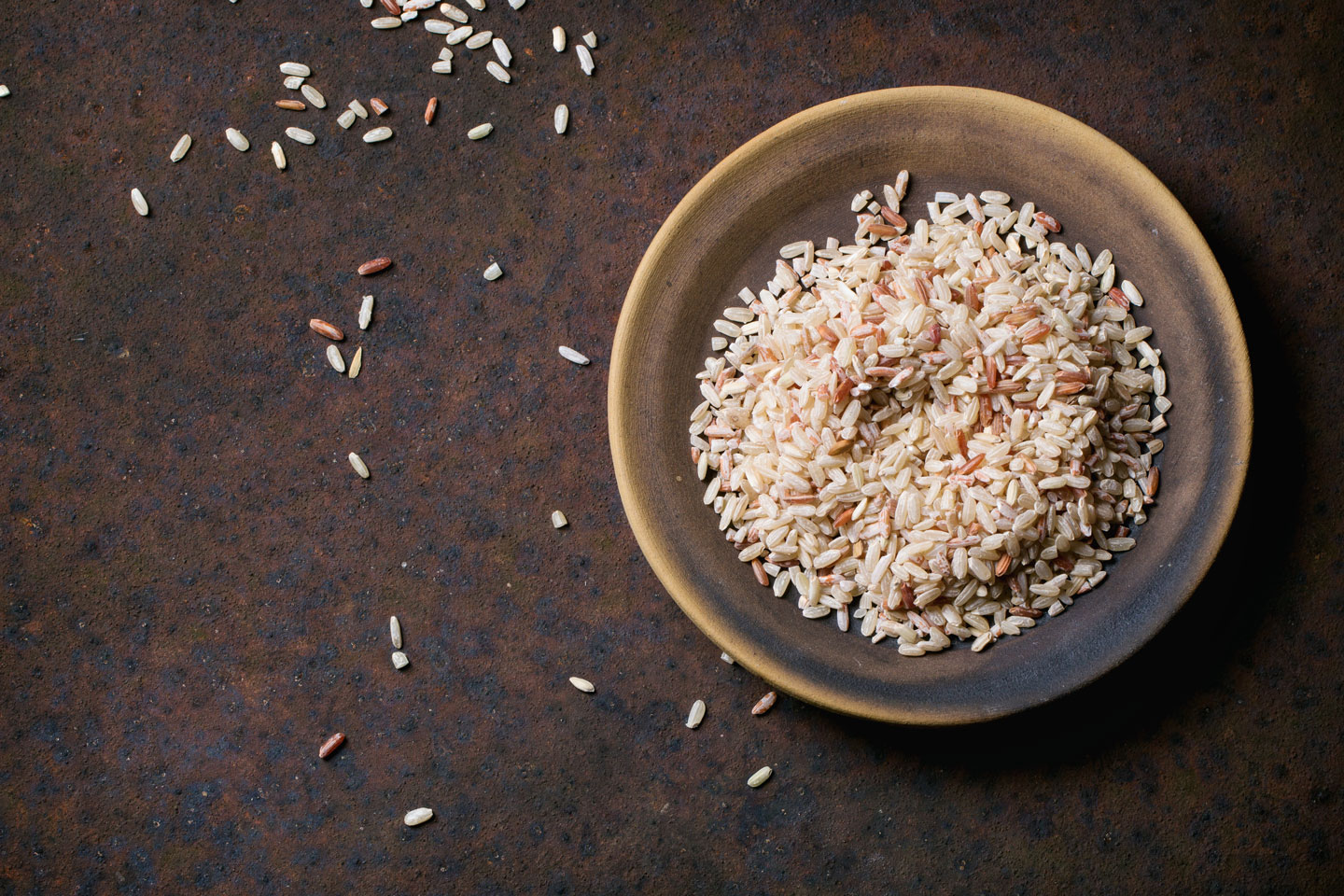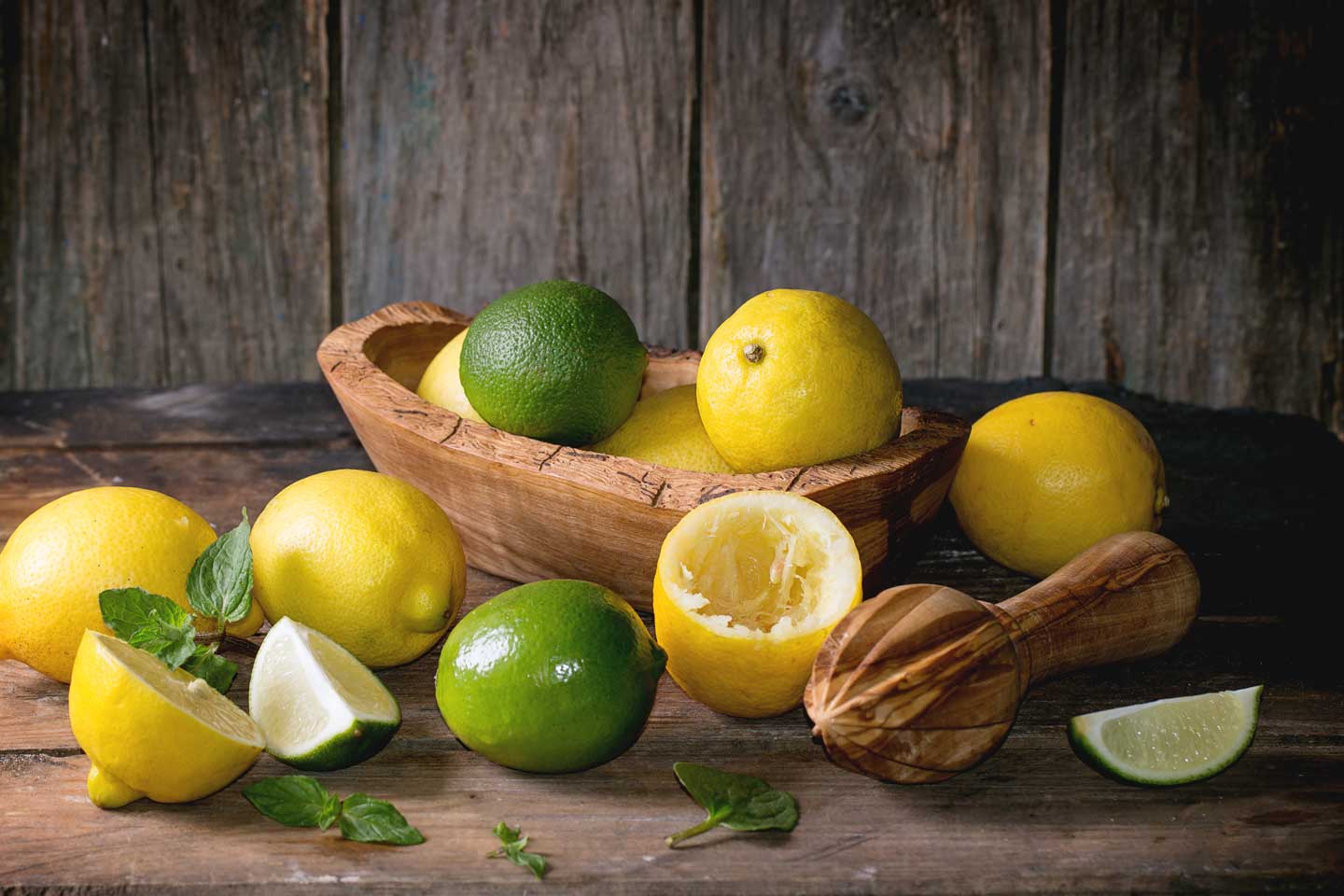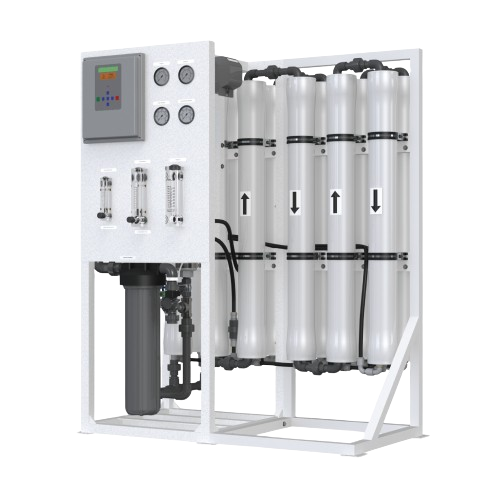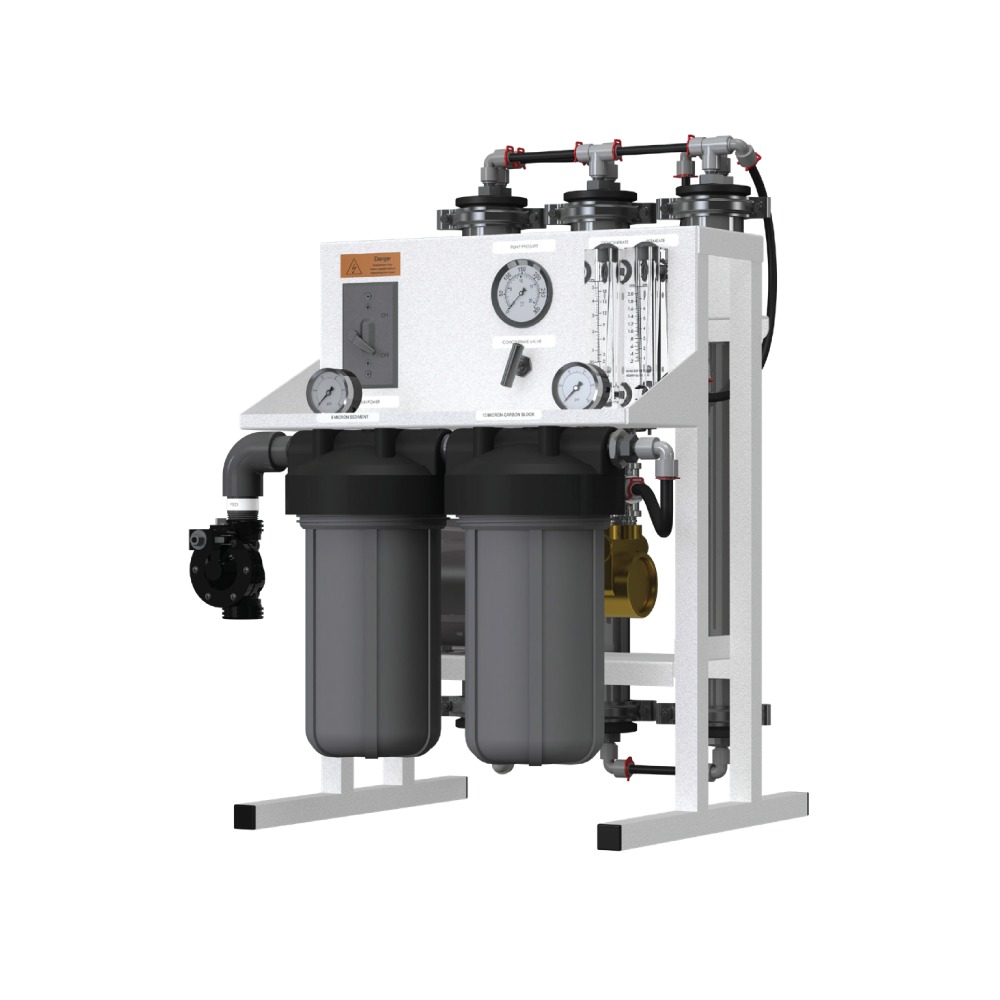Rice

Activated water and early rice paddy growth
Objective
In 1995, we have conducted a growth/development test on rice field in Shin-Tomi-cho. The result showed a significant difference in the crop yield and growth of rice paddy treated with activated water. This experiment will show activated water used in each growth process of rice paddy. Additionally, we have tested the changes in rice paddy growth and crop yield after activated the irrigation water.
Experiment
Preprocess 20 rice seeds with activated water and underground water. Place the preprocessed seeds (20 seeds from each group) to the seeding area to check each group’s germination speed and growth. Seeds preprocessed with activated water will be called the activated group. Seeds preprocessed with underground water will be called the control group. The processes of both groups are conducted simultaneously.
Result

On day 3, the activated group shows 60% germination rate. The control group only shows 20% germination rate. As you can see in the picture of day 30, which is the seedling stage of the rice paddy, a clear development difference in the root and leaves are observed.The experiment clearly indicates the promoted germination and development of early phase rice paddy when treated with activated water.
Seeding Day 30: Development comparison of roots and leaves.
.jpeg)

Left : Control, Right : Activated / Top : Activated, Bottom : Control
The growth of the early phase rice paddy: Day 5


Left : Control, Right : Activated
Methods

Activated group used Pursanova ore treated water as irrigation water. As seen in the
picture below, the activator was installed at he water flow line; showing only one path
of irrigation water is activated. Control group used the normal agricultural water.
Area: 30 acres both groups.
At the time of harvest, rice paddy length, rice chaff, spikelet, chaff weight, brown rice
grain weight (Thousand kernel weight) and others were compared between activated
group and control group.
Overview
Seedling rice was implanted on 4/5/1996, harvested on 8/5/1996. The temperature was 3 degrees Celsius lower than average. Insufficient
sun light caused low root taking and leave tips to wither. The weather condition also caused the rice paddy development 1 week late than
usual. Low temperature and insufficient sunlight in beginning of July. (This was right after the water withdrawal). On 7/18, Typhoon #6
caused a fold down damage of the rice paddy.
Result

Heading spout occurred 3 days early in the activated group.
In the Panicle initiation stage (a stage before the heading spout), a
significant difference was seen in the activated group. (Please see
the picture; top:activated, bottom:control). We believe that these
early development caused the difference in the heading spout.


Left : Control, Right : Activated
Before and After: Yield Crop Comparison chart of 1995 and 1996

Koshi-Hikari: Short grain rice
Test area: 30 a (each test area)
Harvest: August, 10th 1995 and August 5th, 1996
Yield crop increase in 1995 was 50%, 1996 was 30%






